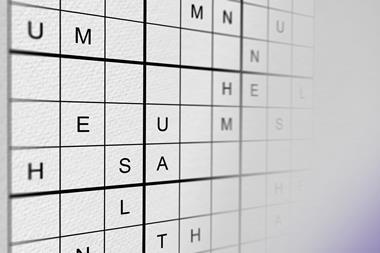An introduction to uncertainty in measurement
An introduction to uncertainty in measurement
L Kirkup and R B Frenkel
Cambridge, UK: Cambridge University Press | 2006 | 233pp | ?19.99 (SB) | ISBN 0521605792
Reviewed by Dennis Rouvray
The philosopher Bertrand Russell once commented that in science we find all grades of certainty short of the highest. This universal truth imposes on scientists an imperative need to be cognisant of and make due allowance for uncertainties whenever they practise their discipline.
Over the past 500 years a whole armoury of tools has been developed that now enables scientists to cope with all manner of indeterminacy. In experimental work, for instance, measurements of the uncertainties involved and an assessment of the statistical significance of the results obtained are the order of the day.
In fact, the procedures adopted have become so standardised and the underlying mathematical theory so sophisticated that together they constitute the comparatively new specialism of metrology, its practitioners being known as metrologists.
All of the metrology a second-year science student might reasonably be expected to know is to be found in the remarkably concise and very readable textbook under review. The two physicist authors, Kirkup and Frenkel, have succeeded in accomplishing the difficult task of presenting the basic principles while at the same time keeping the amount of mathematics used down to the essentials.
Within 233 pages they have managed to include discussions of systematic errors, standard deviations, least square models, combining uncertainties, the central limit theorem, Gaussian and non-Gaussian probability densities and the Student t-distribution. Their intention to keep the book elementary has precluded any mention of certain more specialised topics such as Bayesian statistics, chaos theory, fuzzy logic or quantum indeterminacy.
Many worked examples, a series of set problems with answers, numerous footnotes that expand upon the material covered, and a helpful index also play their part in making this a very useful book for undergraduates.












No comments yet